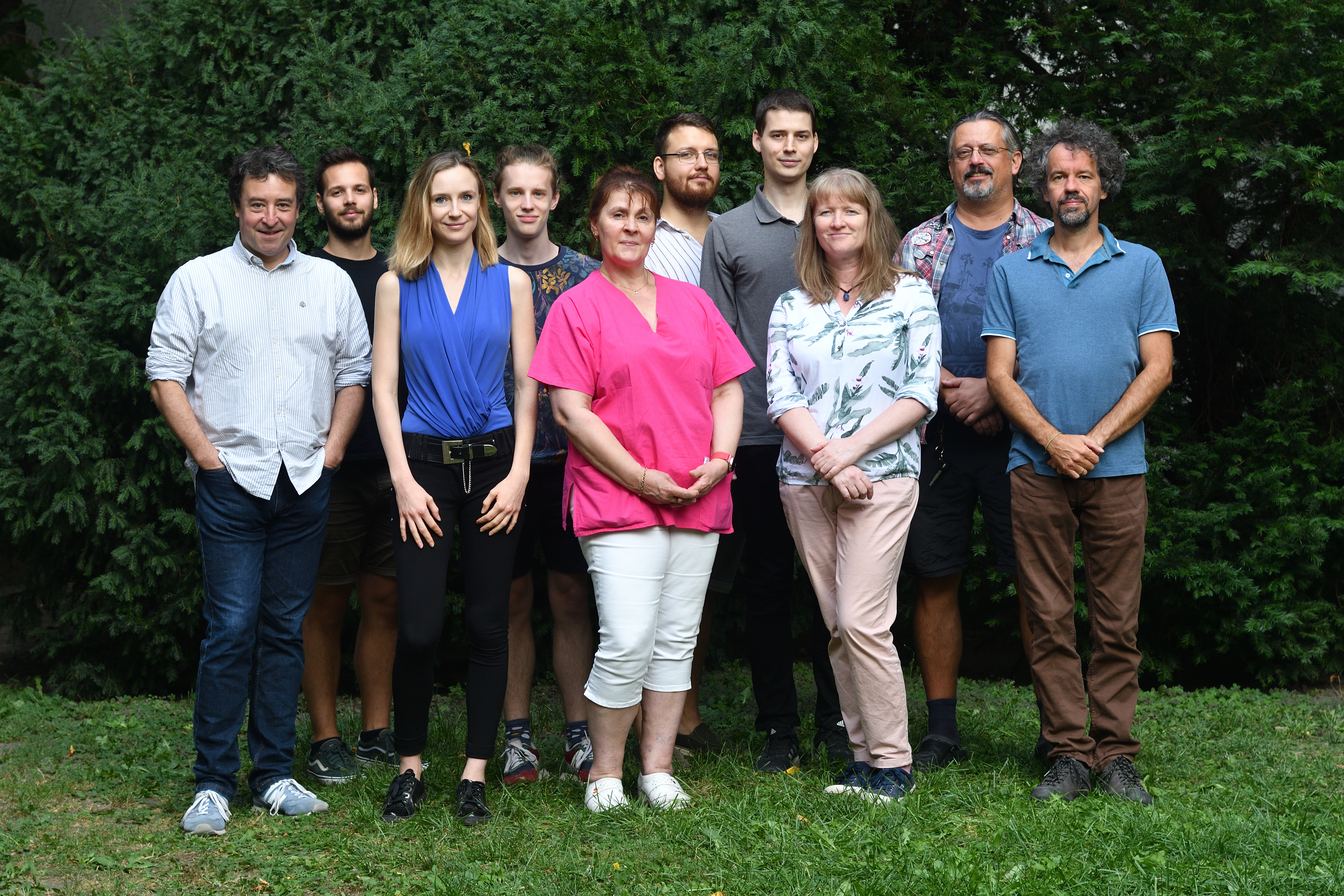Immunocytochemistry and live-cell imaging
We use several cell culture preparations and express various constructs in these cells to study the operation and function of endocannabinoid-mediated or endo-cannabinoid-related signaling pathways.
Frequently, we use primary hippocampal cultures, which are prepared from P1 mice. Cells are dissociated after papain digestion by trituration with fire-polished glass pipettes and plated onto poly-D-lysine coated glass coverslips or on glass bottom petri dishes under an ESCO Labculture laminar box. We maintain the cultures at 37°C and 5% CO2 in a Thermo Forma incubator in Neurobasal A media supplemented with B-27 and 2 mM L-glutamine. Transfections with plasmid DNA are performed using Lipofectamine 2000. Organotypic hippocampal slice cultures are prepared from vibratome slices of P6 mice, and maintained on culture plate inserts in media consisting of 50% MEM, 25% HBSS, 25% NHS, 30 mM glucose, 1 mM Glutamax-I, and penicillin-streptomicin.
Live specimens expressing fluorescently tagged proteins or fixed specimens stained via immunocytochemistry are imaged with the Nikon A1R confocal system on the Ti-E inverted microscope. To maintain stable conditions for live cell imaging, the microscope is also equipped with a whole-stage temperature and CO2 controller, and a perfusion chamber. Stable long-term imaging is further supported with the NIKON Perfect Focus System. The system also includes a piezo z-stage and a resonant scanner to allow fast frame rates, and a 32-channel spectral detector for unmixing of signals with close emission spectra. Among the objectives a 1.4 NA 60x CFI Plan Apochromat VC oil immersion objective is available for high resolution imaging in a wide spectral range. We utilize the Huygens de-convolution software by SVI for restoration of 3D image stacks. Image analysis is performed with ImageJ, Adobe Photoshop, Huygens and NIS elements software.






